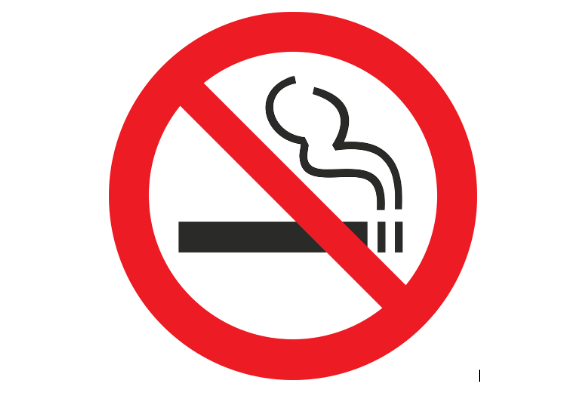Over the last 10-20 years, smoking legislation has been passed making it a rare occurrence to be able to smoke inside. Because of that, you may see a lot of no smoking signs posted around hospitals, restaurants, offices, and a litany of other places.
No matter how you feel about the smoking restrictions, there is no denying the prominence of these signs. There are actually several reasons why these signs are quite important on the whole.

Where “No Smoking” Signs Go
The good thing about having to put up No Smoking signs from a vendor like RS is that there are very specific places to post them. As a matter of fact, there are clear regulations as part of fairly recent legislation that provide complete guidelines for these signs, where they go, and how they must be displayed.
The law is pretty clear that they must be displayed in certain vehicles, workplaces, and public places. That said, private businesses can determine where these signs go. For the most part, there is more than one sign up and there are certain specifications as to size and symbol (the one above is the universal symbol).
There are some smaller secondary signs that are meant to supplement the ones we are familiar with. That said, it isn’t required to expand your number of No Smoking signage to anything beyond the minimum requirements.
Second-Hand Smoke Dangers
The biggest reason behind the use of No Smoking signs in businesses and public areas is due to research behind the effects of second-hand smoke. Some research suggests that second-hand smoke could be more dangerous than even direct smoking. Non-smokers who are exposed to smoke in the workplace have seen the risk of lung cancer grow by up to 19%.
Prior to anti-smoking regulations, smoking was allowed in work and public settings. Because of that, businesses were held liable for unnecessarily exposing workings to the dangers of second-hand smoke. That kind of exposure leads to an increased risk of long-term health, which also has a potential impact on long-term finances as well.
There has been indisputable proof that segregated smoking areas and signposting have been effective. Because of that, No Smoking signs have become increasingly commonplace. Not having these signs not only puts a business at potential compliance risk but basically ensures that staff and employees’ health and safety is put at risk as well.
Smoking Bans
One of the most famous instances of smoking bans came back on July 1, 2007. Smoking in enclosed or substantially enclosed public spaces, workplaces, and similar areas – including public transportation – became illegal. Designated areas were created to accommodate those who still preferred to smoke while removing the risk of innocent bystanders.
For businesses to comply with this new law, that business must display a “no smoking” sign in all vehicles and workplaces. Because of this mandate, it is the responsibility of the business to make sure that the appropriate signs are posted up. There is also a requirement to post signs for designated smoking areas, usually away from any windows and doors.
The responsibility of enforcing these smoking laws falls to local councils. There are typically penalties that are doled out for failing to adhere to this ban. These penalties can apply to both an individual and businesses alike. Businesses can be fined up to $2,500 for not exercising proper smoking prevention and $1,000 if No Smoking signs are not displayed properly. The managers on-site are also responsible for any smoke-related incidents that take place anywhere on the premises. Individuals will be fined up to $200 for failing to adhere to the ban.






































